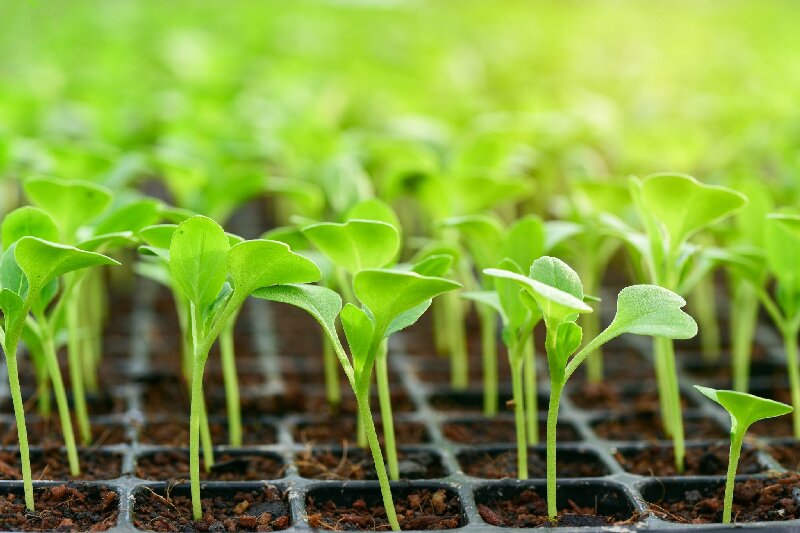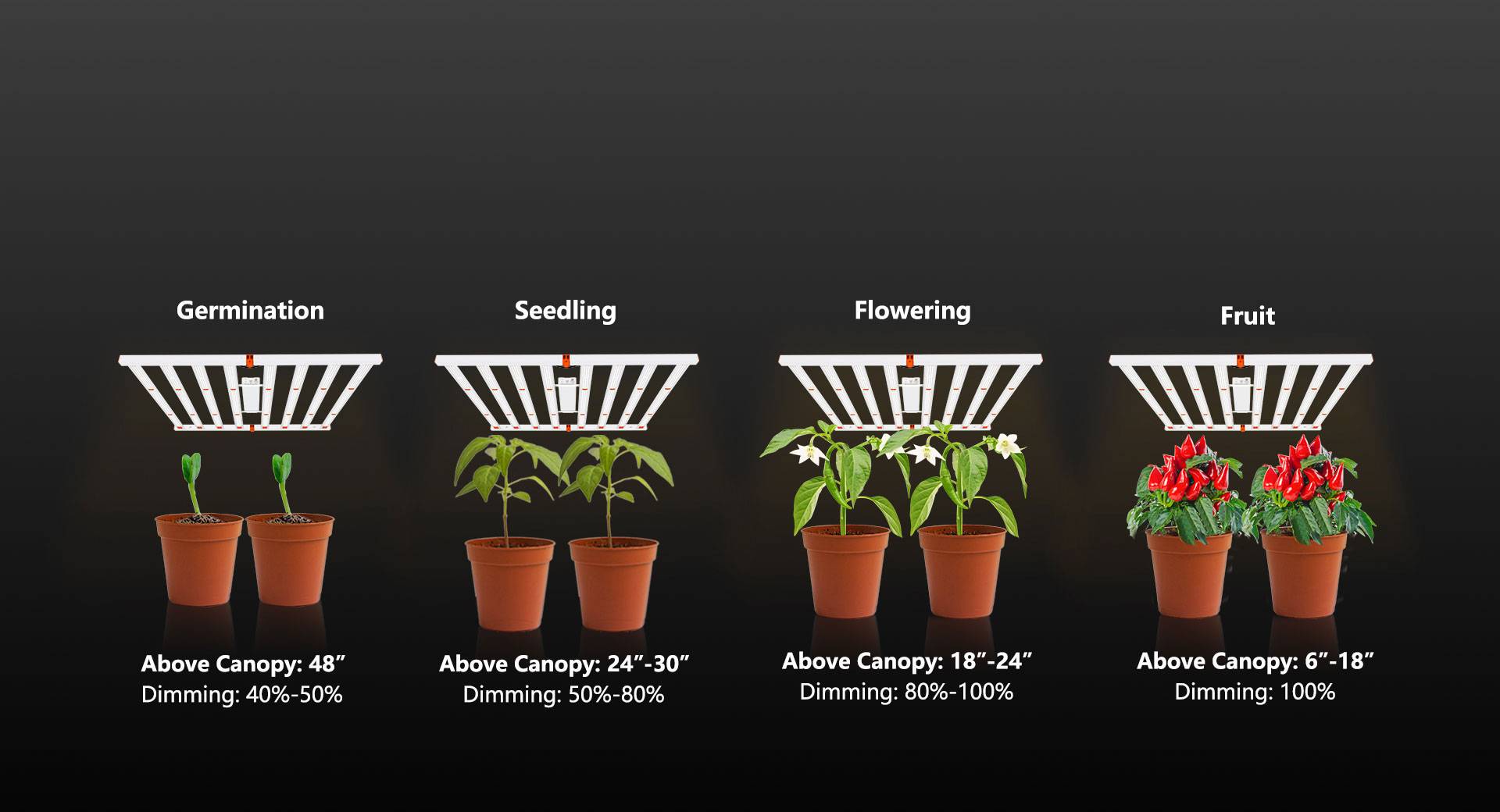With the advancement of technology, LED grow lights have become a popular choice for indoor growing. They are more energy efficient and environmentally friendly than traditional high pressure sodium lights, and they also promote plant growth and production. If you are considering purchasingcommercial LED grow lights, here are 5 tips to help you make an informed choice.

What are Commercial LED Grow Lights?
Commercial LED grow lights are light fixtures that contain light emitting diodes to provide illumination for growing plants. These fixtures are installed above the plant canopy in a greenhouse or indoor farm. Commercial LED grow lights must be able to withstand harsh environments and are typically used in controlled environment agriculture.
How to Choose the Best Commercial LED Grow Lights
There are many features to consider when choosing commercial LED grow lights. First, you must decide what you want to grow. After deciding what you want to grow, you also need to consider the following factors before buying LED grow lights.
Grow Light Efficacy
Grow light efficacy, also known as photosynthetic photon efficacy or PPE, is the output of PAR (photosynthetically active radiance) photons divided by the wattage of the fixture. Grow light efficacy has quickly become one of the primary metrics used by buyers to evaluate products; the higher the PPE, the better the reduction in power consumption, however, this metric has its limitations. For example, PPE only considers photons in the PAR spectrum (excluding wavelengths such as far-red light). Some buyers will use the photosynthetic photon efficacy as the only reference indicator for purchasing a luminaire, but we don't recommend doing so.PPE does not include spectral effects and is not representative of the quality of the luminaire. In practice, both of these aspects are far more important than the issue of power consumption represented by PPE.
Heat Output of Grow Lights
Previously, there was a claim that LED grow lights do not produce heat. While they are much more efficient than traditional HPS grow lights, this is not the case. In general, we recommend not worrying about the difference in heat output between LED fixtures. But you have to consider the pros and cons of having less heat. In colder climates, some greenhouse owners find the heat given off by HPS lights more beneficial. This heat does have some benefits, but the lamps are not a reliable source of heat because the heat is difficult to control.HPS grow lights generate heat in various areas throughout the greenhouse, affecting plant growth in an uncontrolled way. Controlling the heat well can reach a better quality product, and commercial LED grow lights are the best choice, but if you are in a cold climate and want to take advantage of the extra heat produced by the fixtures, regardless of other negative effects, then you may need to look into more traditional plant grow light technology.

Easy to Install
Commercial LED grow lights are mounted above the plant canopy and depending on the distance of your trellis roof from the plants, you need to make sure that the grow lights can be easily installed and replaced. In greenhouses, most commercial LED grow lights are mounted on struts that run across the top of the facility. In indoor grow rooms, they are usually attached to the pillars using hangers, pulleys, or attached to vertical plant stands. It's usually smart to know the manufacturer's installation process before you buy. A good manufacturer is also bound to have a well thought out system that is easy to install, replace and expand.
Manufacturer Success
Before buying commercial LED grow lights, it's a good idea to look at the company's customer reviews. However, there will be some new start-ups, but decent companies that may not have much of a business track record yet, in which case, it is also important not to use performance as the only measure, as they will most likely surprise you. If you decide to go with an up-and-coming company, then based on the fact that they don't yet have a good track record of trading, the quotes they give must also be reasonably favorable.
Grow Light Warrant Standards
Today, the standard warranty for grow lights is usually 5 years. Some good quality companies only warranty for 3 years. If you are going to make a large investment, consider reducing the risk to your business by having a warranty that meets the needs of your business. Some growers are looking for quick profits rather than building profits over time, so if this is the case, a lower upfront investment may make more sense than a longer warranty.
